In this inaugural 2021 installment, Board Member Susan Hopp sat down with Izzy to learn about recent news related to North Atlantic Right Whales.
Just Like Humans: Cetaceans and Emotion
The Complexity of Species Extinction: Can Conservation Learn From The Past?
Last month the Vaquita received a lot of attention. NOAA announced plans to corral the last 30 or so of this severely endangered species and place them in sea pens. They will use specially trained navy dolphins to assist in capturing the most endangered porpoise in the world and transport its members to San Filipe where the species will hopefully recover to the point they can be released back into their natural habitat. This multi-million dollar plan to save a species from human-caused extinction illustrates how complex extinction can be. Not just because we have the ability to engineer recovery of species on the brink but because when it comes to studying illusive cetaceans, a lot of time and money is needed simply to assess numbers in populations and perform genetic analysis, all research essential in order to determine stock size and vulnerability. The vaquita is not the first cetacean to reach this level of human-caused vulnerability. The Baiji river dolphin’s story was remarkably similar, a spices that is now extinct.
The Surprising Diversity of Feeding Methods in Baleen Whales
Baleen first evolved in whales to take advantage of an underutilized prey resource, namely small shoaling fish and krill. A transformation occurred from rudimentary teeth to an intermediate state with both teeth and baleen, until eventually rudimentary teeth were absorbed before birth to make way for baleen plates.
